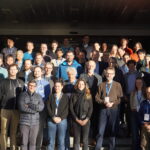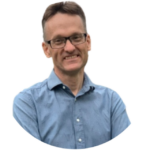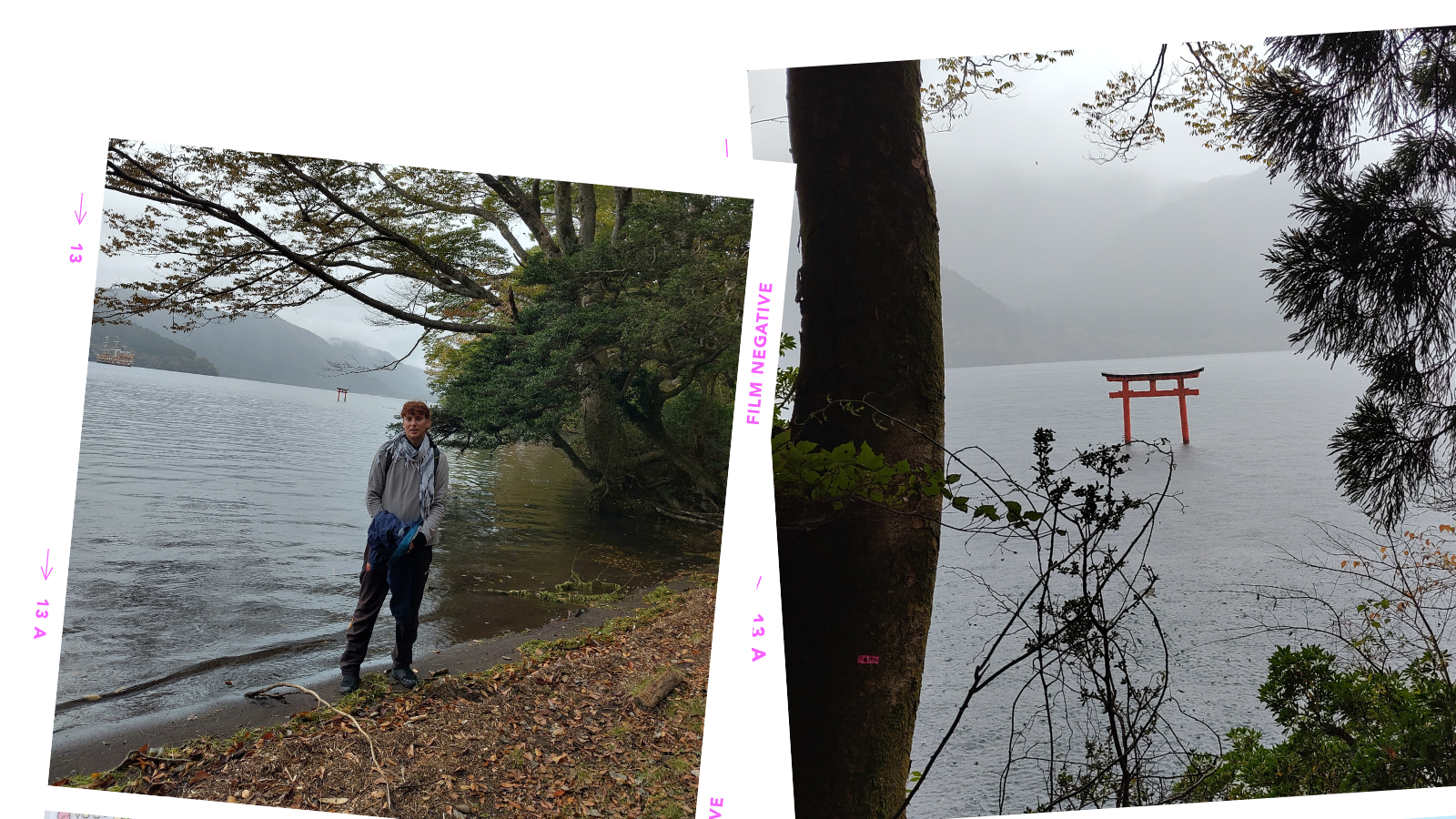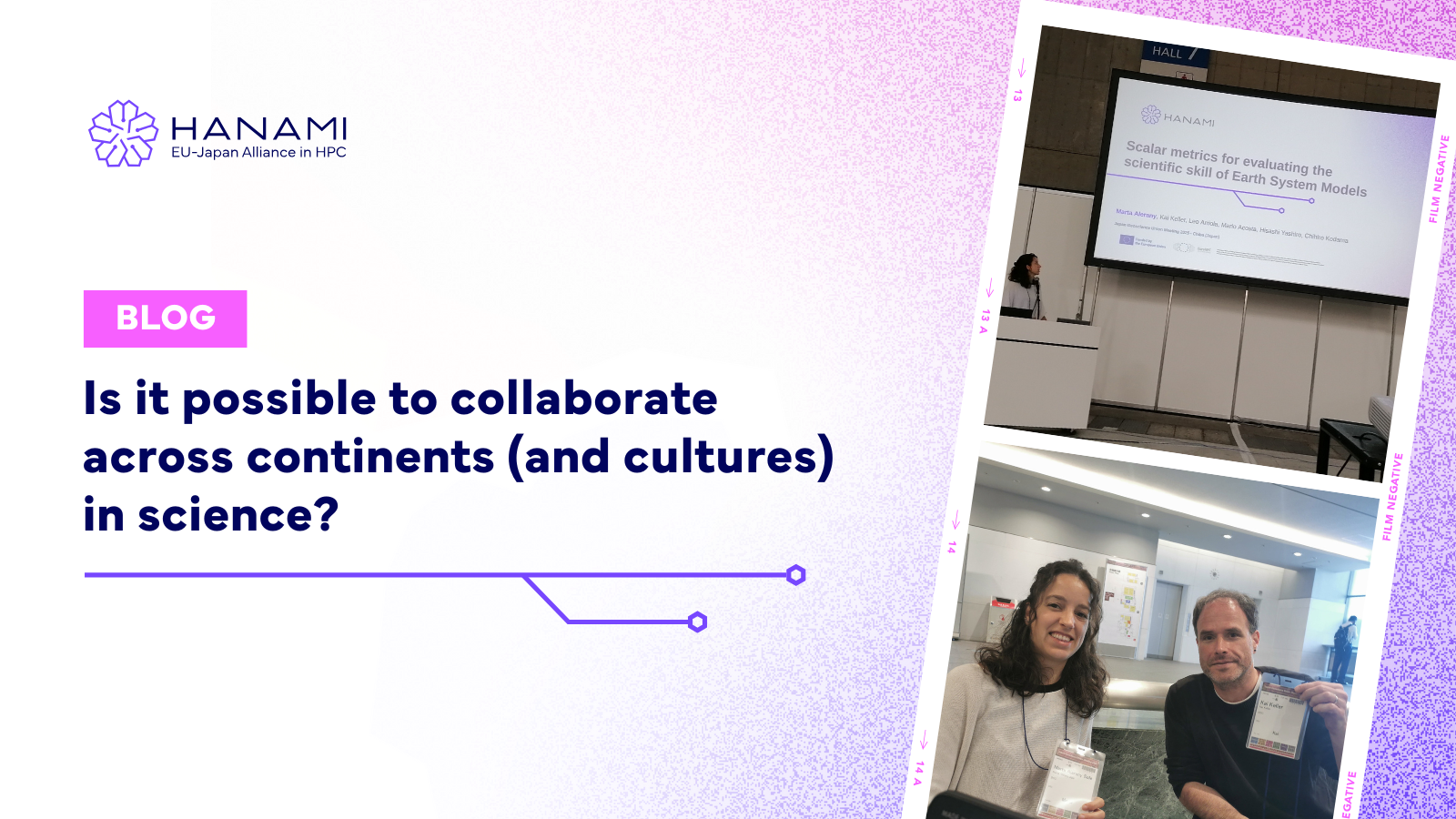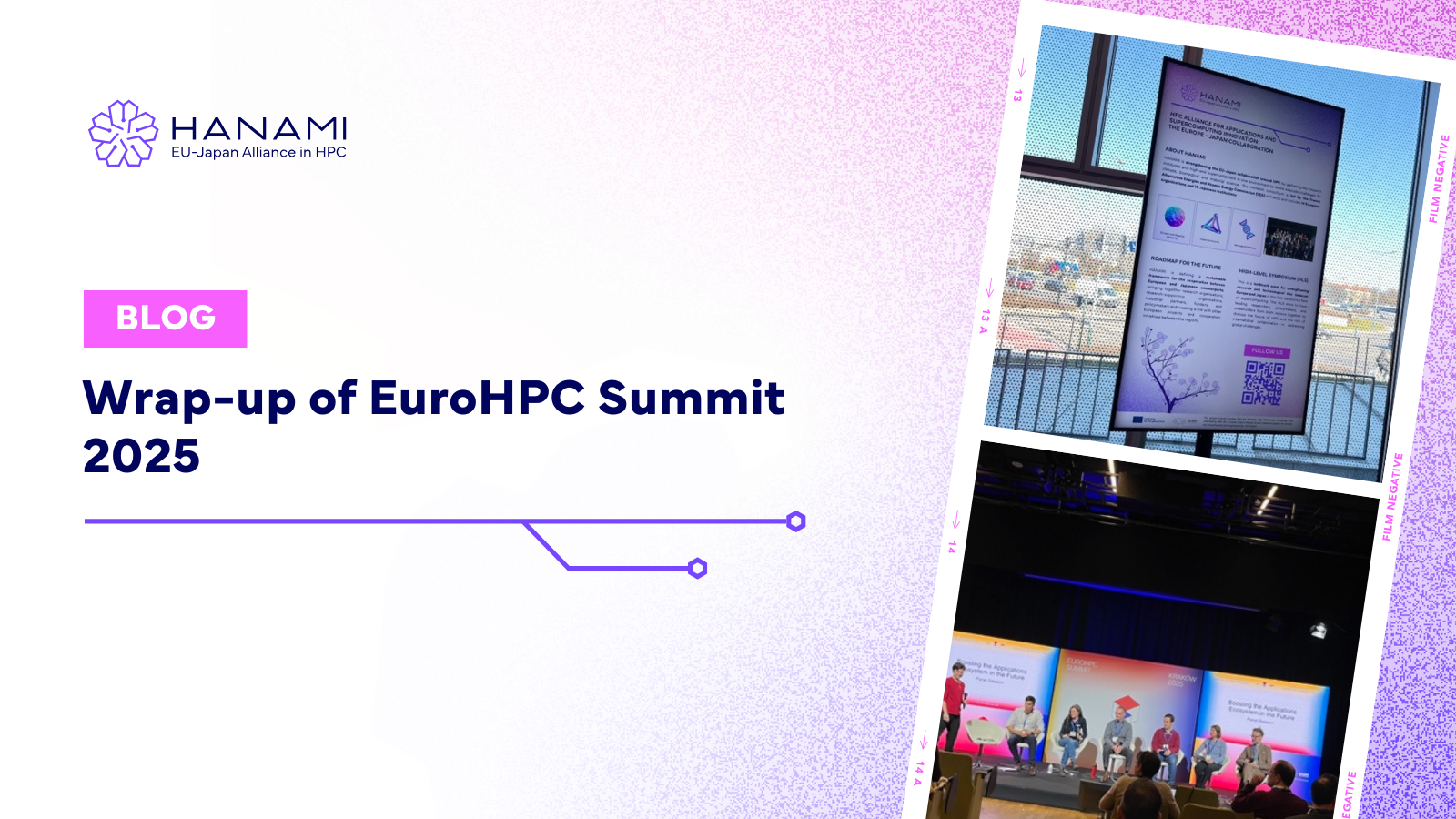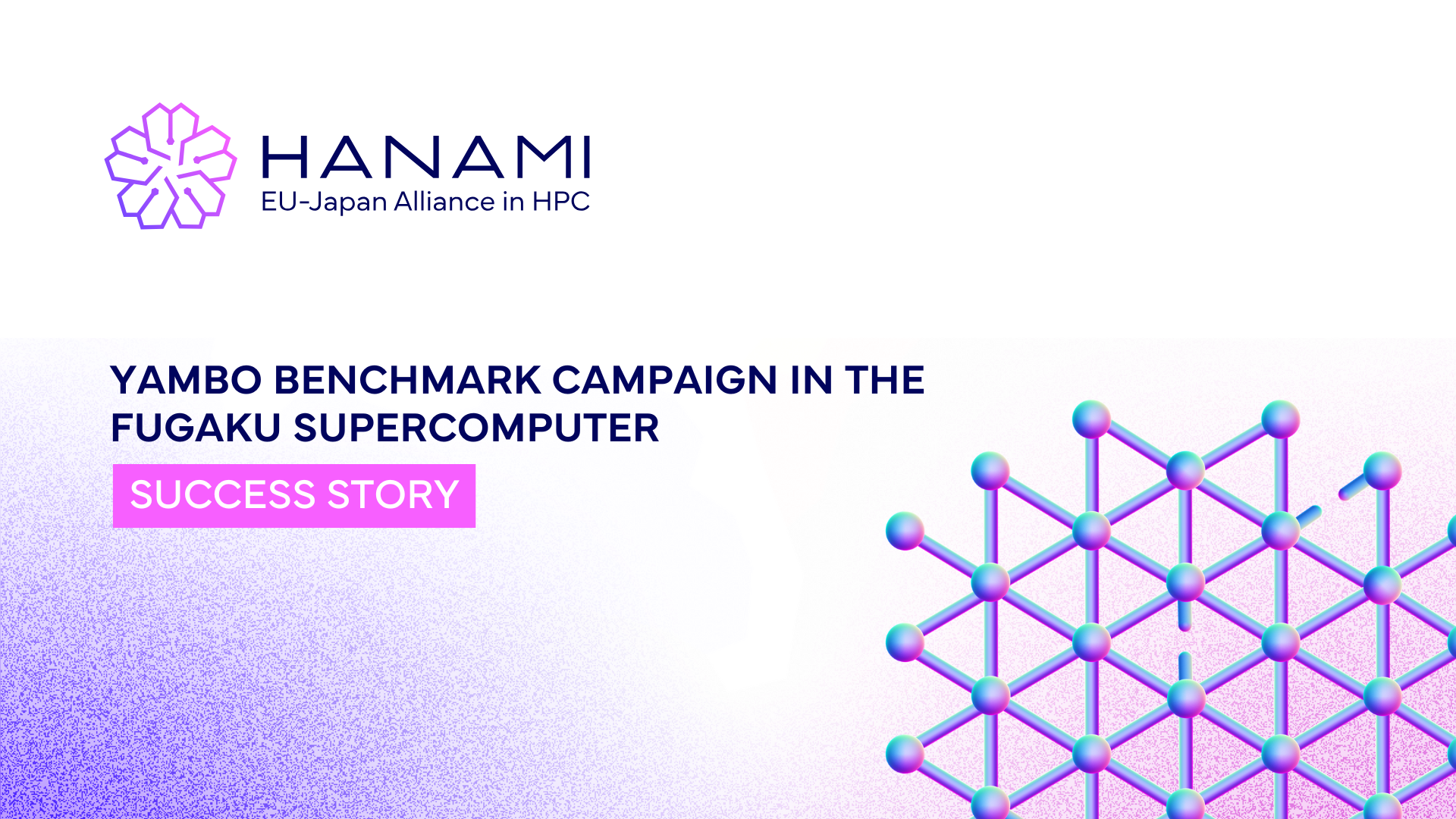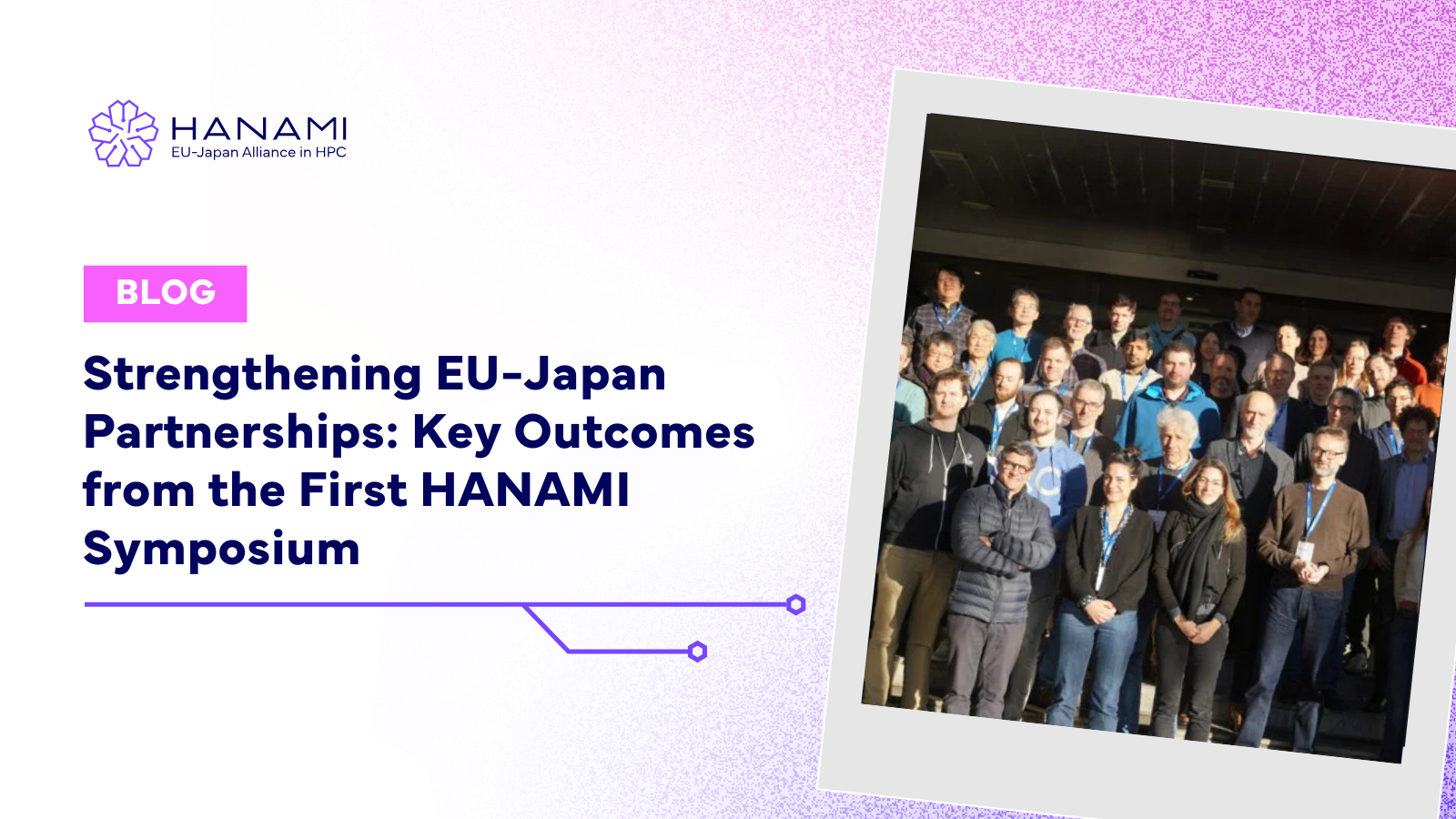Blog
A Month in Japan: HANAMI‘s Workflow Development
By Leo Arriola Meikle, Research Engineer at the Barcelona Supercomputing Centre (BSC)
こんにちは! I’m Leo Arriola Meikle, a research engineer at the Barcelona Supercomputing Centre (BSC). My work focuses on developing workflows for climate models using Autosubmit. Recently, I had the incredible opportunity to spend a month and ten days in Japan as part of the HANAMI project, a collaborative initiative between Europe and Japan. This blog post reflects on my research stay, which was a perfect blend of professional achievements and cultural exploration.
The HANAMI Project and My Role
The HANAMI project is a joint effort between Europe and Japan to address critical challenges in three key areas: climate and natural disasters, biomedical medicine, and material science. My work falls under the climate-related topics, specifically within Earth-system-model performance assessment. This involves evaluating and improving climate models to better understand our planet’s systems.
During my stay, I collaborated closely with Yashiro Hisashi, a Senior Researcher and lead developer of the NICOCO model at the Japanese National Institute for Environmental Studies (NIES) in Tsukuba. Hisashi-san has an impressive background, including work on the NICAM model and contributions to a Gordon Bell Prize finalist paper at the Super Computing HPC Conference. The paper described running a 1024-member ensemble data assimilation with a 3.5-km mesh—something I had personally not seen before which is really impressive.
Arrival in Japan
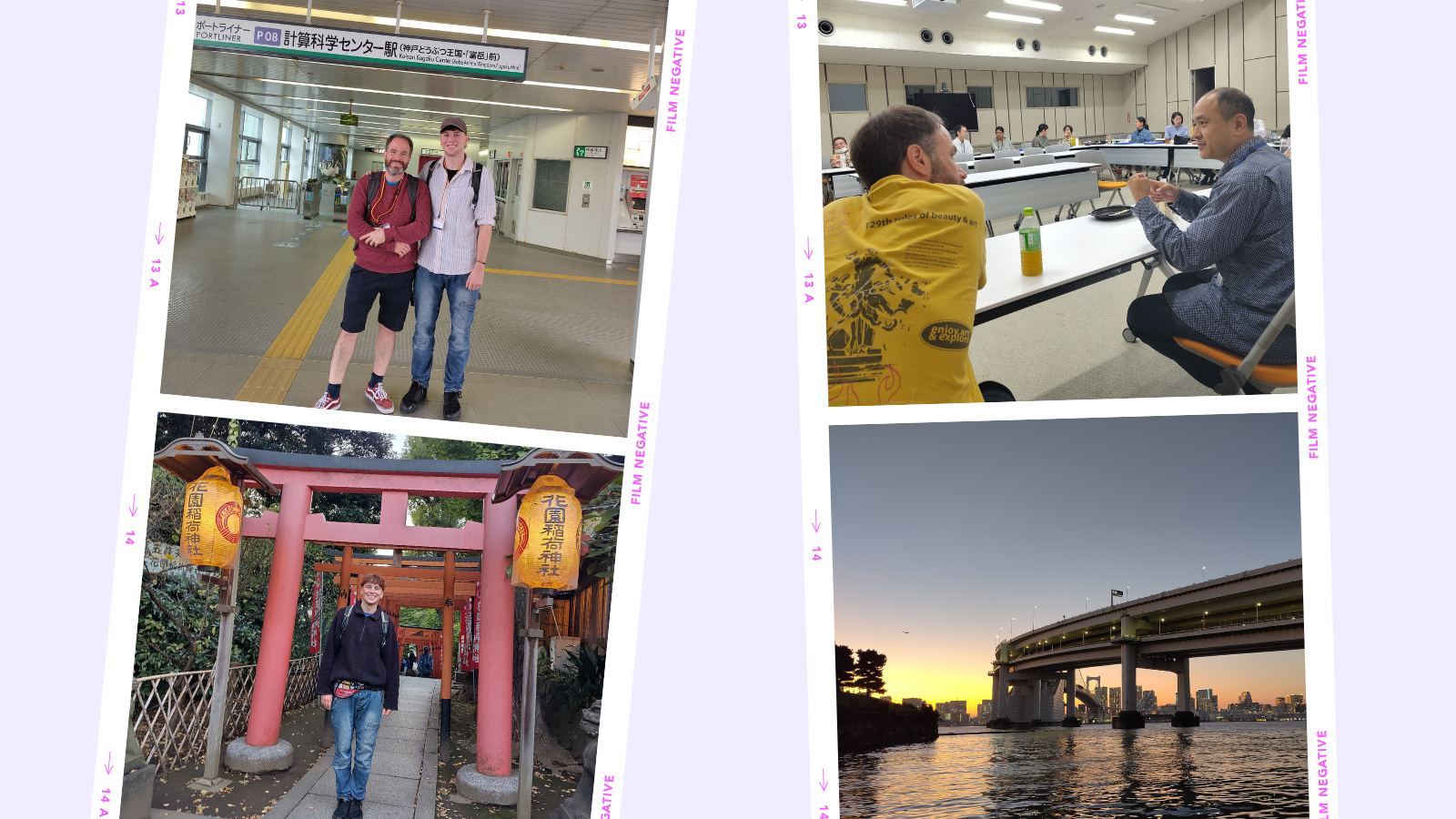
My adventure started in Osaka, where I arrived with my colleague Kai Keller after a long flight with a stop in Beijing. To combat jet lag, we decided to stay awake as long as possible, fueled by too much amounts of coffee, books, Japanese language practice, and intense debates. While the journey itself wasn’t too bad, I’m not entirely sure we succeeded in avoiding jet lag.
Our first stop was Kobe, where we attended the ISDA24 Symposium on Data Assimilation. Although our time in Kobe was brief, we managed to attend some amusing talks. One particularly memorable presentation discussed simulating the genesis and development of typhoons and proposed unconventional methods to disrupt or alter their trajectories. The presenter mentioned Project Stormfury, a U.S. government-funded initiative that used aircraft to seed cyclones with silver iodide in an attempt to weaken their structure.
As I listened, I couldn’t help but notice that the presenter didn’t address how rising ocean surface temperatures—driven by the climate crisis—are making cyclones stronger and deadlier. This omission reinforced my belief that the most effective way to mitigate their impact is to reduce greenhouse gas emissions and transition away from fossil fuels. It also reminded me that attempts to control natural phenomena or manipulate nature itself often lead to the very problems we’re trying to solve in the first place.
During the rest of the time in Kobe, we explored the city’s surroundings through evening runs. We visited beautiful parks and encountered some unique wildlife, including Joro spiders—massive, intimidating, and everywhere. I nearly ran into one of their giant webs.
Settling into Tsukuba and NIES
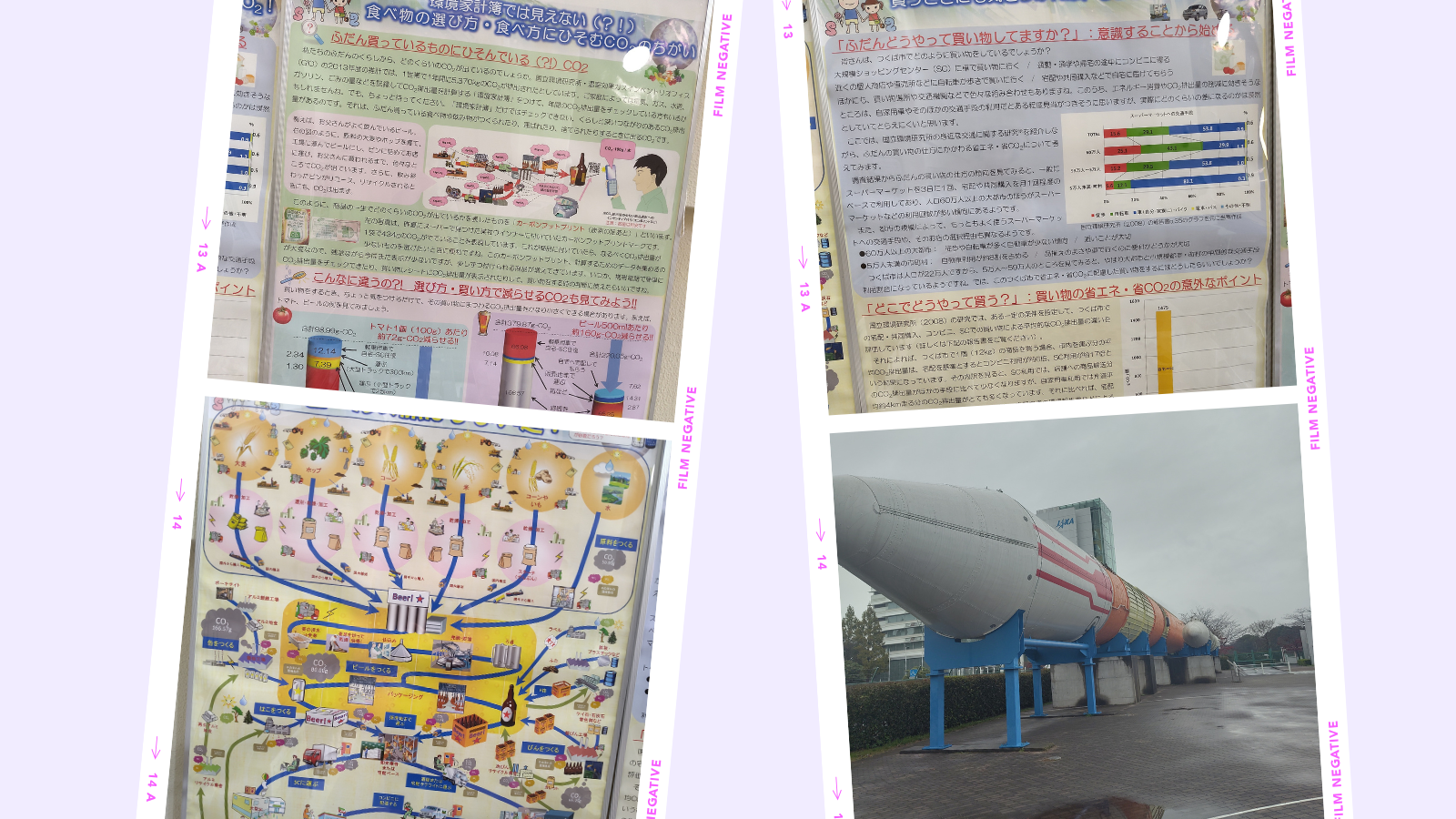
After Kobe, we boarded the Shinkansen (bullet train) to Tsukuba, where Hisashi-san warmly welcomed us and helped us settle into our accommodations. I stayed at Ninomiya House, which became my home base for the duration of my stay.
Our first days at NIES were dedicated to introductions and orientation. We met the Satellite Observation group, and Hisashi-san gave us a tour of the facilities. During a department lunch meeting, we were introduced to everyone in the team, which was a great way to start building connections.
By the following week, I had my workstation set up and began diving into the NICOCO model. Hisashi-san had prepared an excellent tutorial, which made learning how to run the model both engaging and efficient.
Throughout my stay, I had regular meetings with Kai and Hisashi-san to discuss our progress. My primary focus was creating a workflow for the NICOCO model, which involved compiling and running it on two of the world’s leading supercomputers: Fugaku in Japan and MareNostrum5 in Barcelona.
Exploring Japan: Culture, Nature, and Supercomputers
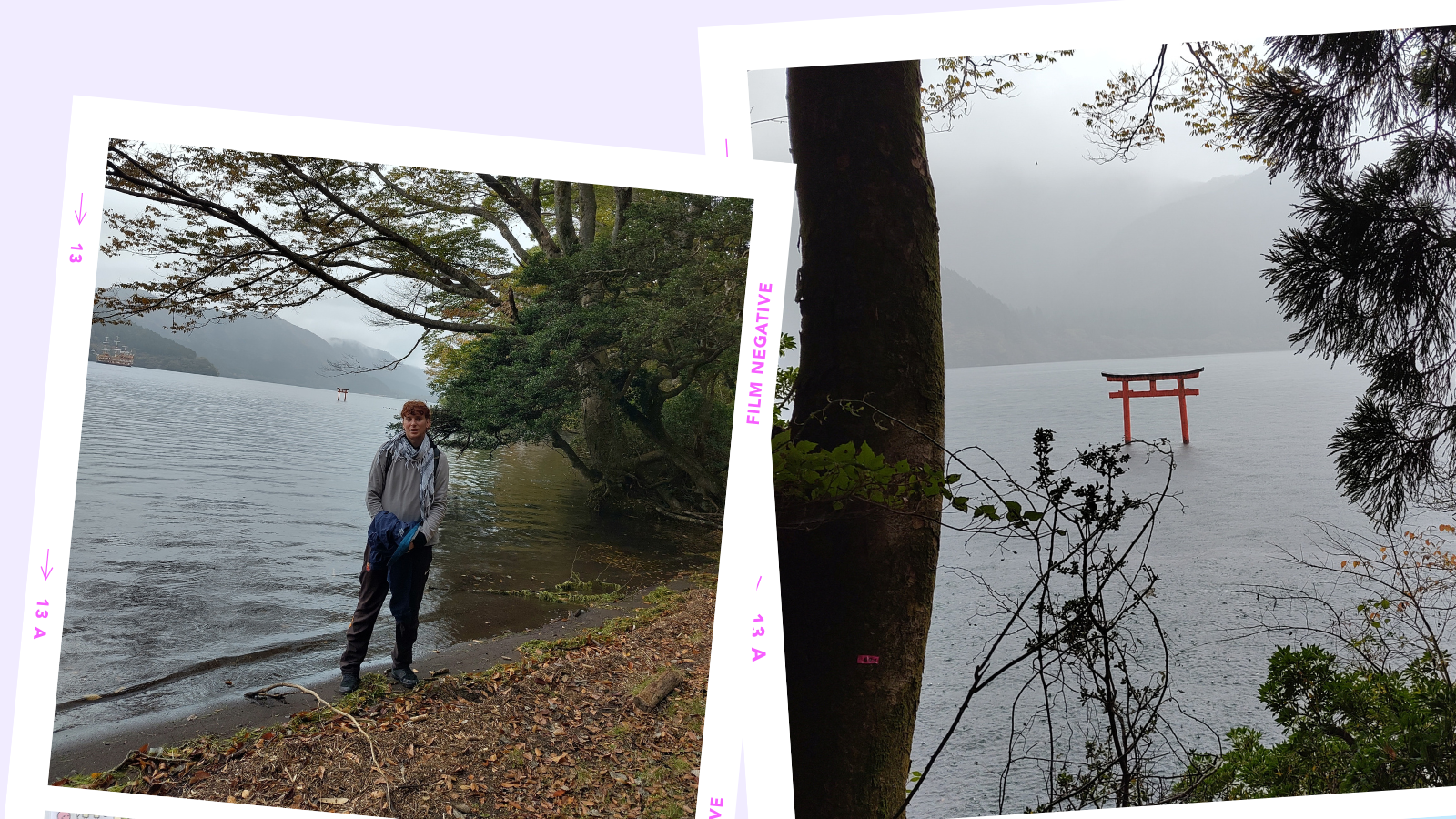
Weekends offered a chance to explore Japan’s rich culture and stunning natural landscapes. With Manuel, a BSC colleague pursuing his PhD at RIKEN in Tokyo, I visited places like Hakone, Okutama, and Nikko. These trips were filled with breathtaking scenery and unexpected wildlife encounters, including wild monkeys (猿 or “Saru” in Japanese) in Nikko. The encounter was especially memorable because it happened to be snowing at the time, adding a magical touch to the experience.
I was also fascinated by Japan’s Shintoism and its imaginative Yokai and Kami (supernatural deities). Visiting temples and shrines felt like stepping into a Studio Ghibli film, where the blend of tradition and fantasy came alive. It was my first time in a country where polytheistic worldviews—Shintoism and Buddhism—have predominated over time, and you could truly feel their influence in the culture.
Tokyo, with its bustling streets, endless lights, and impressive infrastructure, left a lasting impression. Navigating the city with a Suica card was incredibly convenient, though the sheer energy and density of people could be overwhelming at times.
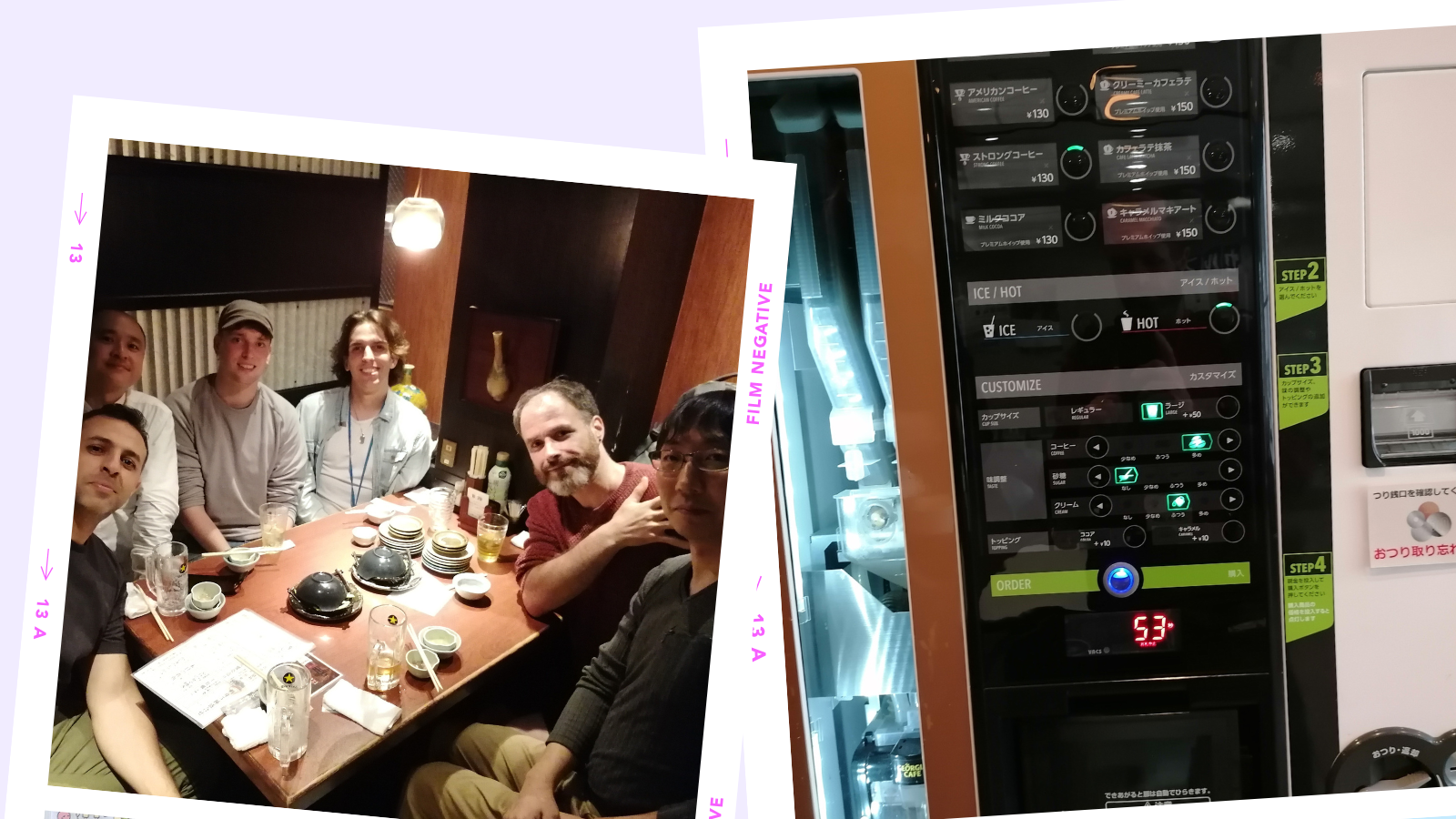
As a vegetarian, I found dining in Japan to be a challenge. It seems as vegetarianism and veganism haven’t gained much traction in Japan (despite the traditionally vegetarian Buddhist diet). Anyhow, I managed by frequenting Indian restaurants and experimenting with cooking my own meals. My culinary experiments often involved buying the least Western-looking ingredients and creating what I can only describe as “creative dishes.” I can only imagine what a Japanese person would think of them.
Another highlight of my daily life in Japan was the ubiquitous vending machines. I became a regular consumer of green tea, which I purchased from these machines nearly every day.
Sharing My Work and having a glimpse at Miyabi
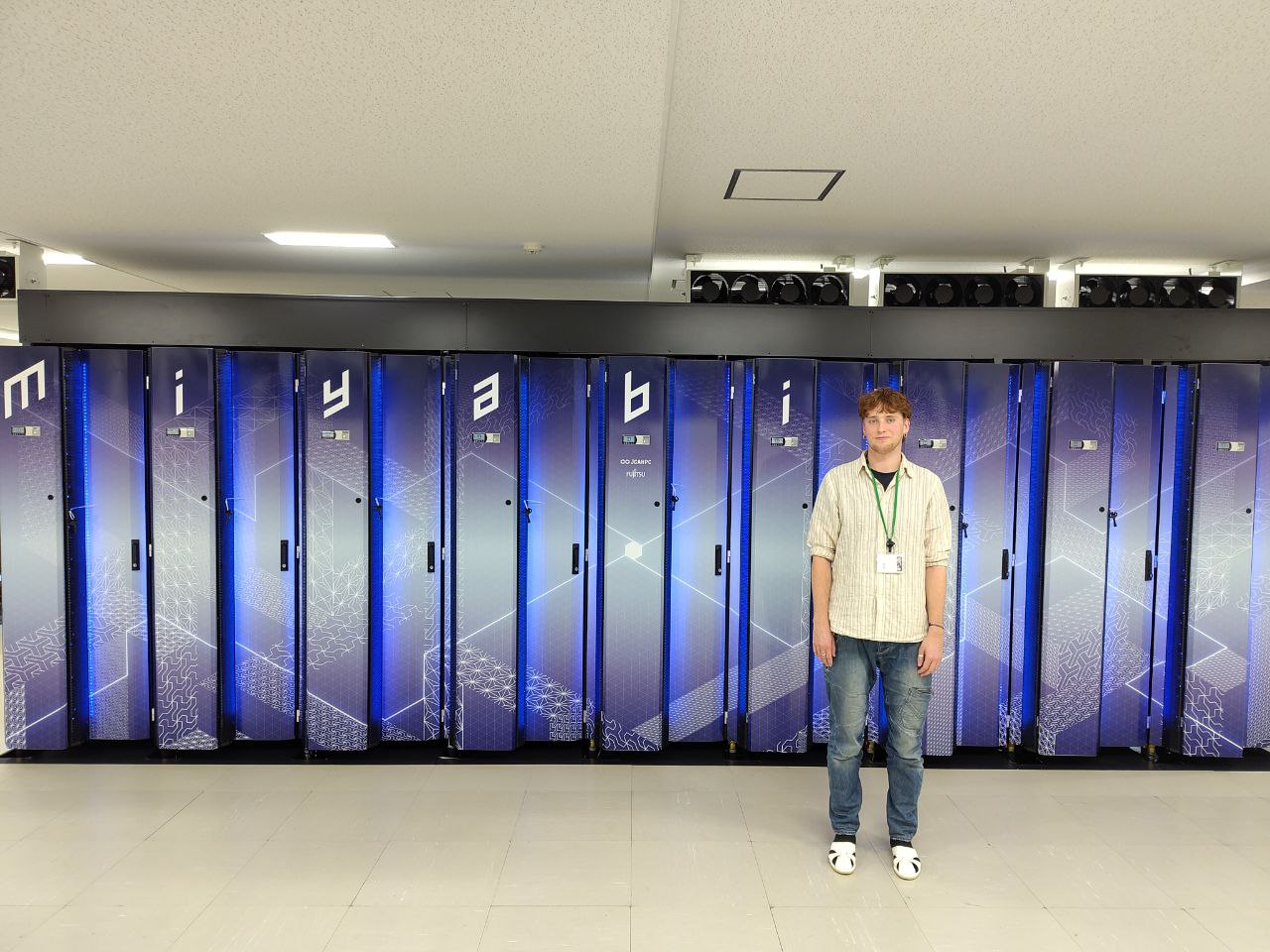
Toward the end of my stay, I had the privilege of giving a talk at the University of Tokyo during the 53rd ASE Seminar (Advanced Supercomputing Environment) on “Climate Simulations and Large-Scale Computer Systems”.
I shared my work on climate model workflows, and what I had been developing during my stay; A workflow with successfully compiled the NICOCO model on Marenostrum5 and Fugaku platforms and was able to execute short term simulations. I also explained how this work would be the base infrastructure for running the replicability tests which my colleague Marta Alerany, with the help of Kai Keller are developing.
My work sparked a lot of interest among the attendees. Some even requested access to the workflow sources, which was really rewarding.
Additionally, after the talk, I got a glimpse of “Miyabi,” Japan’s soon-to-be-launched GPU-based supercomputer. Standing in the room where Miyabi was operating, I was awestruck by the sheer scale of the technology. I couldn’t stop thinking about the billions of operations being performed every second, the energy required to power such a machine (and where it came from), and the groundbreaking experiments that would soon be run on it.
Reflections on the experience
To wrap up with this blog, I think my research stay in Japan was a perfect blend of professional growth and cultural exchange and enrichment. From compiling climate models on world-class supercomputers to marveling at the serenity of Shinto shrines, the experience was unforgettable.
I’m incredibly grateful to Hisashi-san and the NIES team for their guidance and hospitality, as well as to the HANAMI project for making this collaboration possible.
Japan’s mix of tradition and innovation has left a profound impact on me. While I’ve returned to Barcelona, the memories of my time in Japan will continue to inspire my work for a long time being.
ご清聴ありがとうございました。
